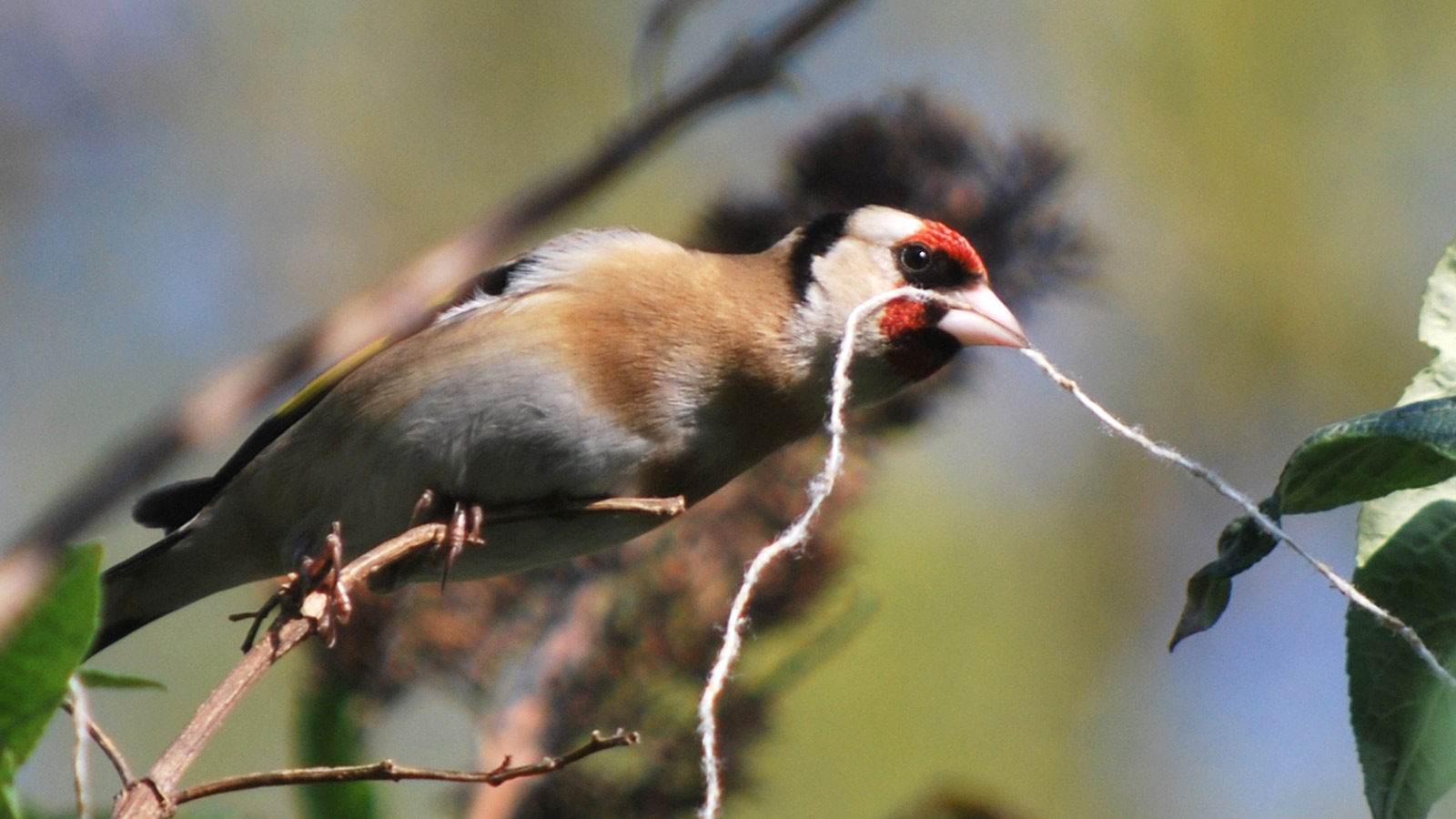Q. Dear Umbra,
I’ve been saving my yarn scraps all year to put out for the birds while they’re building their nests, but I’m wondering about synthetics, like acrylic. Most of my knitting is done with wool, but occasionally I need a synthetic for a specific project. I worry about letting those scraps “into the wild.” What’s a knitter to do?
Linda J.
Fairport, New York
A. Dearest Linda,
I confess, I hadn’t heard of the practice of leaving yarn out in the yard to help the birds — but a little research showed me you’re far from the only one who does it. I found mentions of such upcycling from the National Wildlife Federation, the Humane Society, and Bird Watcher’s Digest. Helping our avian friends feather their nests: What a lovely notion.
Except, it turns out, when your well-meaning nest supplies aren’t biodegradable. Cotton and wool yarns and twine are A-OK: Birds love ‘em, and when the last fledgling has left the nest, these small bits will harmlessly break down. (Just clip the scraps to two inches or shorter, to prevent any tangle-ups.) But synthetic fibers like acrylic, polyester, or nylon are a different story. Created in a lab using chemicals and various polymers, they won’t break down — at least, not in any meaningful time frame.
And I’m afraid it gets worse. We’ve just begun to understand the environmental dangers posed by microplastics sneaking into our lakes, rivers, and oceans. These tiny shreds of synthetic fibers — many washing out of our polyester, nylon, and acrylic clothing and entering water bodies via our laundry wastewater — build up in the ecosystem, absorb pollutants, and are too often swallowed by aquatic life (a threat to them and to those higher up the food chain, ahem). I’m not sure if synthetic yarn scraps would cause direct harm to birds, but they could hurt fish and other water dwellers when they blow into your nearest waterway. So the last thing we want to do is voluntarily introduce synthetic fibers into the wild.
Instead, Linda, there are plenty of other things you can do to turn your backyard into a bird heaven. Instead of leaving out scraps of human-made items, offer your local winged pals natural nest materials: on top of those biodegradable yarns, think cotton string, cotton puffs, even pet or human hair. You can also install a ready-made nest box or two. And simply landscaping with lots of different types of trees, shrubs, and flowers will provide plenty of nest fodder — birds have been successfully building their dream homes without our help for millennia, after all, and they will work wonders with plain old vegetation (even if such ingredients lack the Extreme Makeover: Home Edition flair of brightly colored yarn scraps).
Exterior decoratedly,
Umbra



